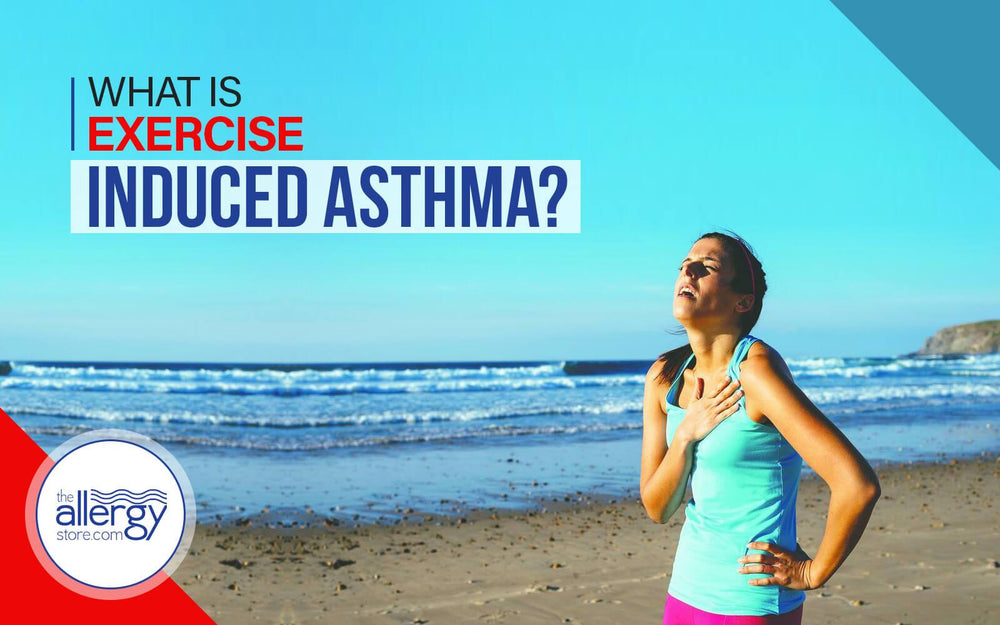
Asthma is a chronic condition characterized by inflammation of the airways or bronchi within the lungs. The airways become tight and clogged making breathing difficult. The symptoms may be mild or severe. As time goes by, they may fluctuate.
Certain triggers, in some cases allergens or irritants such as smoke, may worsen symptoms or bring on an attack. In exercise-induced asthma, the primary trigger is exercise.
People who suffer from exercise-induced asthma typically do not experience symptoms except during or after exercising. In some cases, the exercise must be vigorous or prolonged to trigger an attack, although some people experience symptoms even during light exercise.
Typically, the people who experience symptoms during light exercise have chronic asthma attacks that are triggered by other things too.
Certain types of activities, especially outdoor activities, are more likely to cause asthma attacks. Sports and games that require continuous running or movement are examples. Cold weather activities, such as ice-skating, skiing and shoveling snow are other common triggers.
The cold weather activities are more likely to cause an attack for a specific reason. In cold weather, the air is dryer. Normally, we breathe through our noses. The nasal passages warm and moisten cold dry air, making it easier to breathe.
When we are exercising, we have a tendency to breathe through our mouths. The air bypasses the warming, moistening effect of the nasal passages.
People with exercise-induced asthma are more sensitive to the cold dry air, as well as to other changes in temperature and humidity. Their breathing passages react to the changes by becoming smaller, tighter and narrower. This is what causes the symptoms.
The symptoms of exercise-induced asthma may include coughing, wheezing, a tight feeling in the chest or chest pain, feelings of breathlessness or being short of breath, extreme fatigue during exercise and general difficulty with breathing. When the symptoms appear varies.
They may start during the first 10 minutes of exercising or within the first ten minutes after the exercise has stopped.
The symptoms may resemble those of an allergic reaction and are usually manageable. They should, however, be reported to your physician. Together the two of you can come up with a personalized treatment plan to help you deal with the symptoms.
You should not avoid exercising if you have exercise-induced asthma. In most cases, it is possible to prevent the symptoms from occurring. You should not have to give up your favorite activities. Even some professional athletes have the condition. It can be managed with the right treatment or treatments.
Some of the treatments that are often effective include inhalers and bronchodilators. These are used prior to exercise in order to prevent symptoms from occurring or decrease the severity of the symptoms. They are the same treatments that are used for all kinds of asthma and they work for the exercise-induced type too.
Fast-acting beta-2 agonists are often prescribed for exercise-induced asthma. The drug is usually taken 10 to 15 minutes before you expect to begin exercising.
Other medicines that some doctors prescribe include corticosteroids, antihistamines and cromolyn sodium. They are sometimes extremely helpful for managing the symptoms. Antihistamines are usually recommended when an allergen is believed to be the cause of the symptoms.
In addition to the medications, there are other things you can do to help prevent an attack. Warming up and cooling down are important components of physical activity that many people skip. Warm-ups are light activities that precede more vigorous exercise. Cool-downs are similar except that they follow the more strenuous activity.
If you suffer from allergies such as hay fever, you should limit the amount of exercise you do on days when there is a high pollen count. The pollen count is usually a part of the weather report for the day. You might also want to limit outdoor activities when the temperature is cold and when there are humidity extremes, either high or low.
Remember to take a break from exercising when you are sick, especially if you have a cold or another upper respiratory infection. Asthma attacks tend to occur more frequently when your immune system is at its weakest.
By taking care of yourself and following your doctor’s treatment plan, you can enjoy all of your favorite physical activities without worrying about asthma attacks.
Wishing you the best of health
The Allergy Store

